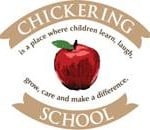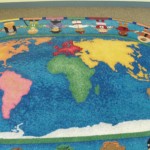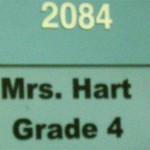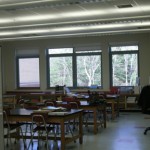Chickering
Op. Ed.*
We know you to be fair-minded, thoughtful and supportive of student learning. We are convinced, when you consider the facts, you’ll agree that Chickering School needs air conditioning.
Natick Labs’ research titled “Effects of Hot and Cold Temperature Exposure on Performance: a meta-analytical review,” states “… these data suggests that industries requiring workers to perform under either hot or cold temperature conditions should be aware of the potential of negative effects of temperature exposure on performance.” The findings from the Learning Styles Inventory shows “this investigation and a review of the literature indicated that administrators should include thermal preferences as a criterion in facilities utilization, scheduling of major examinations, and planning the instructional environment.” As shown above, the data supports maintaining temperatures under 80 degrees to enable optimal student learning.
As 4th graders, we experienced the extreme heat in May 2013. Can you imagine being in a classroom with windows, which only open 4 inches at the top and ceiling fans, which are blowing hot, 96 degree air down upon you? We sat in our classroom hot, sweaty, no energy, couldn’t think, and tired. Our teachers looked and felt just like us. Little to no learning took place in these conditions, which supports the research.
Making decisions on important issues is never easy. But we think, after careful consideration, you’d agree, Chickering School students and teachers need air conditioning in order to facilitate and support learning.
Presented by Jack, Rachel, Lele, Evan and Lena
* Op. Ed. – Opinion Editorial
“The Learning Style Inventory.” Bridges Transitions Incorporated. 2000-2006. Web. 16 May 2014 <http://www.bridges.com/us/prodnserv/learningstyle_hs/more/LSI_SupportingResearch.pdf>. Pilcher, June J., Eric Nadler, and Caroline Busch. “Effects of hot and cold temperature exposure on performance: a meta-analytical review.” Ergonomics. 2002 Web. 16 May 2014.<http://nsrdec.natick.army.mil/LIBRARY/00-09/R02-127.pdf>. Tina. “Do Classroom Temperatures Affect a Student’s Ability to Learn?” Screenflex Blog. 5 September 2012. Web. 16 May 2014. <https://www.screenflex.com/do-classroom-temperatures-affect-students-ability-to-learn/>.










